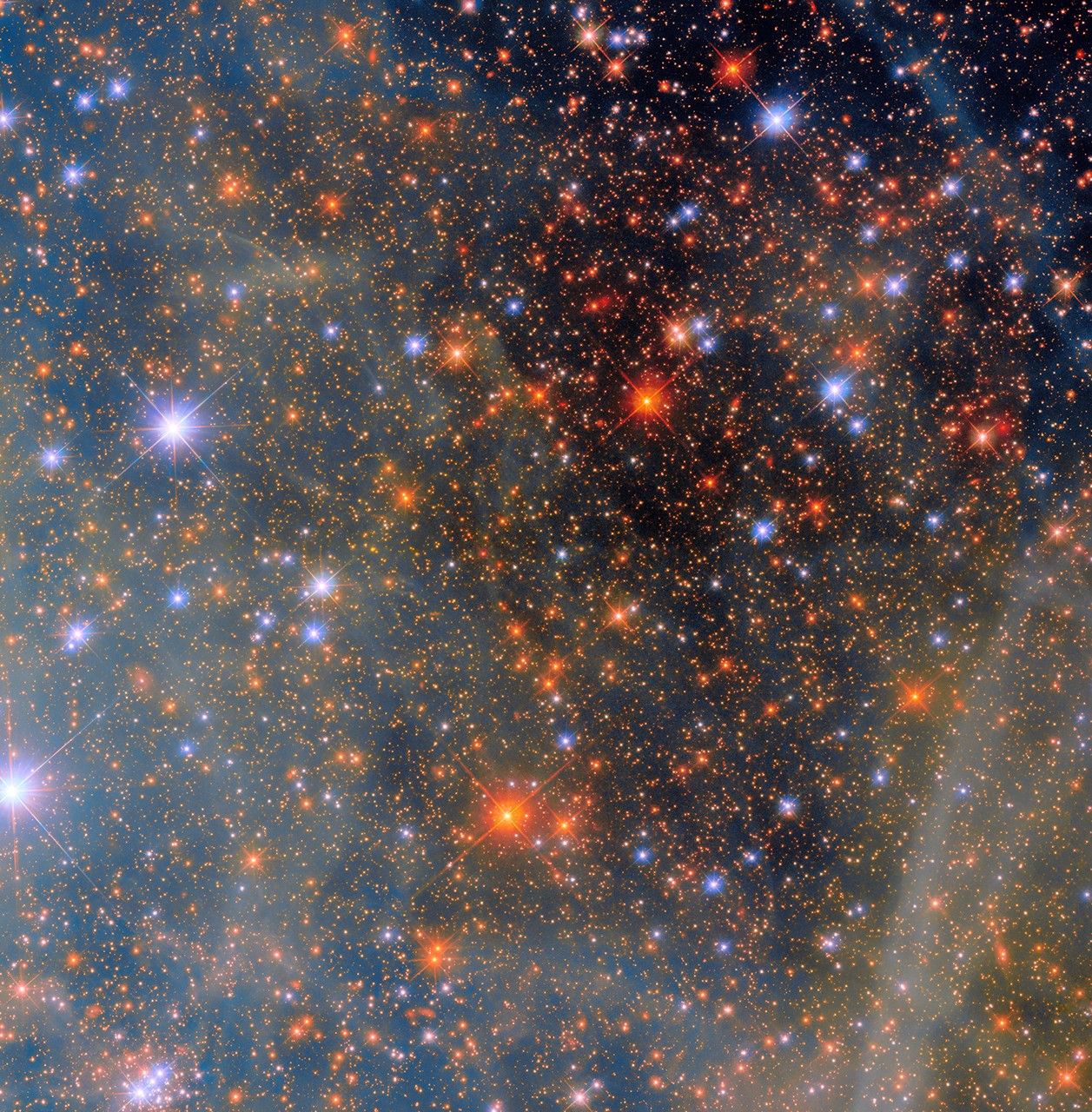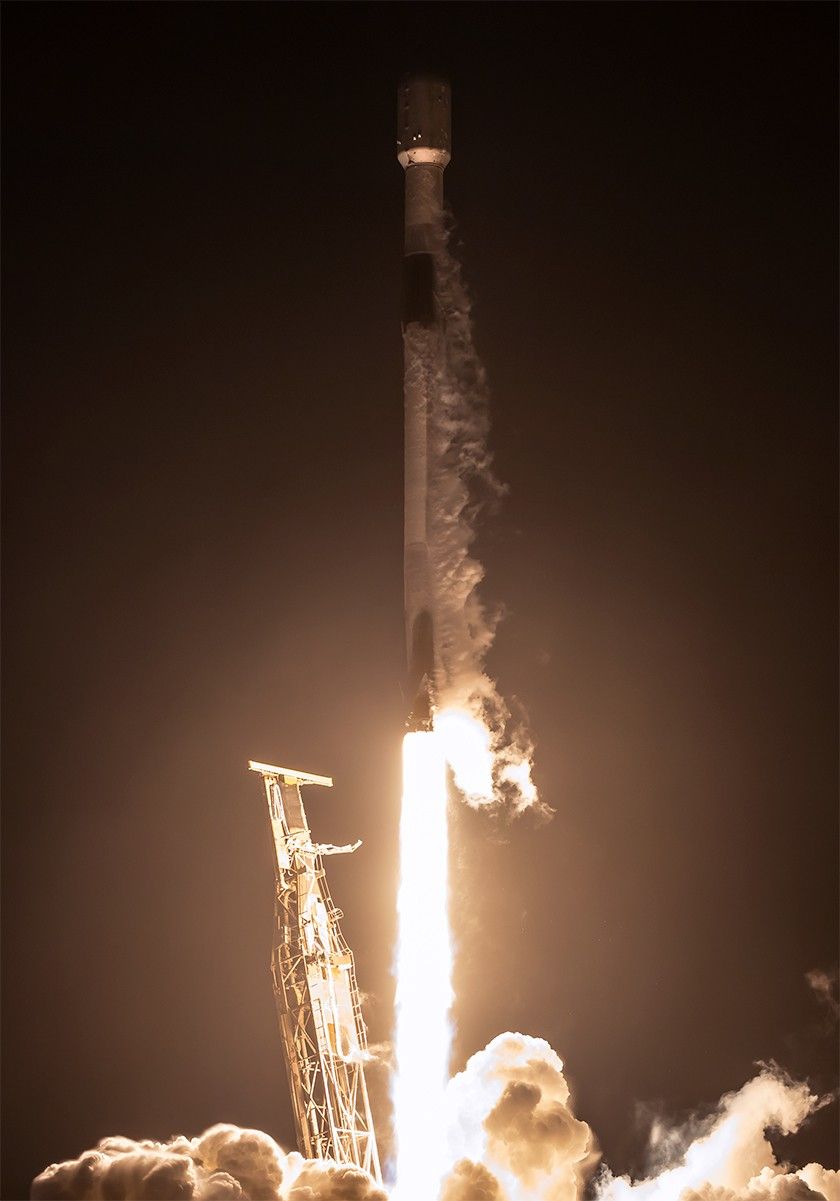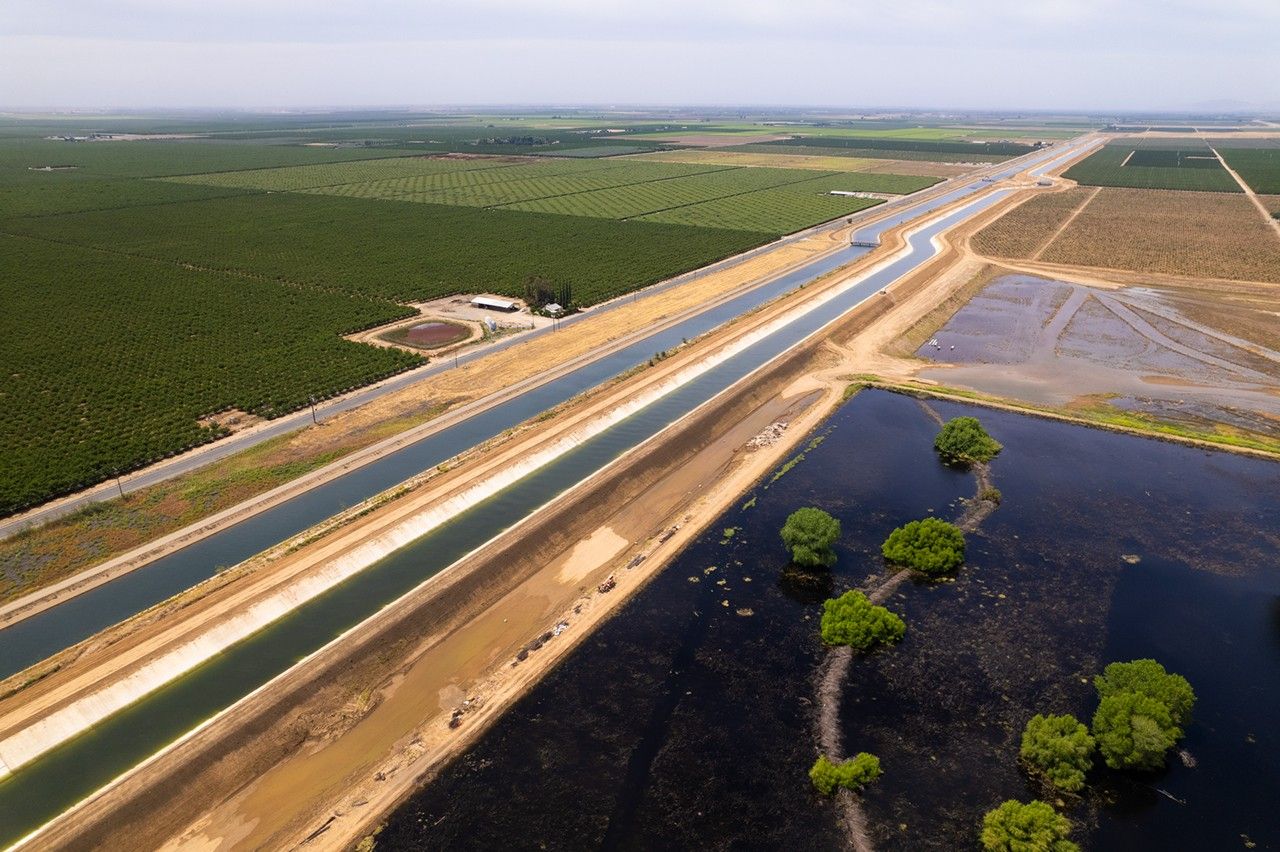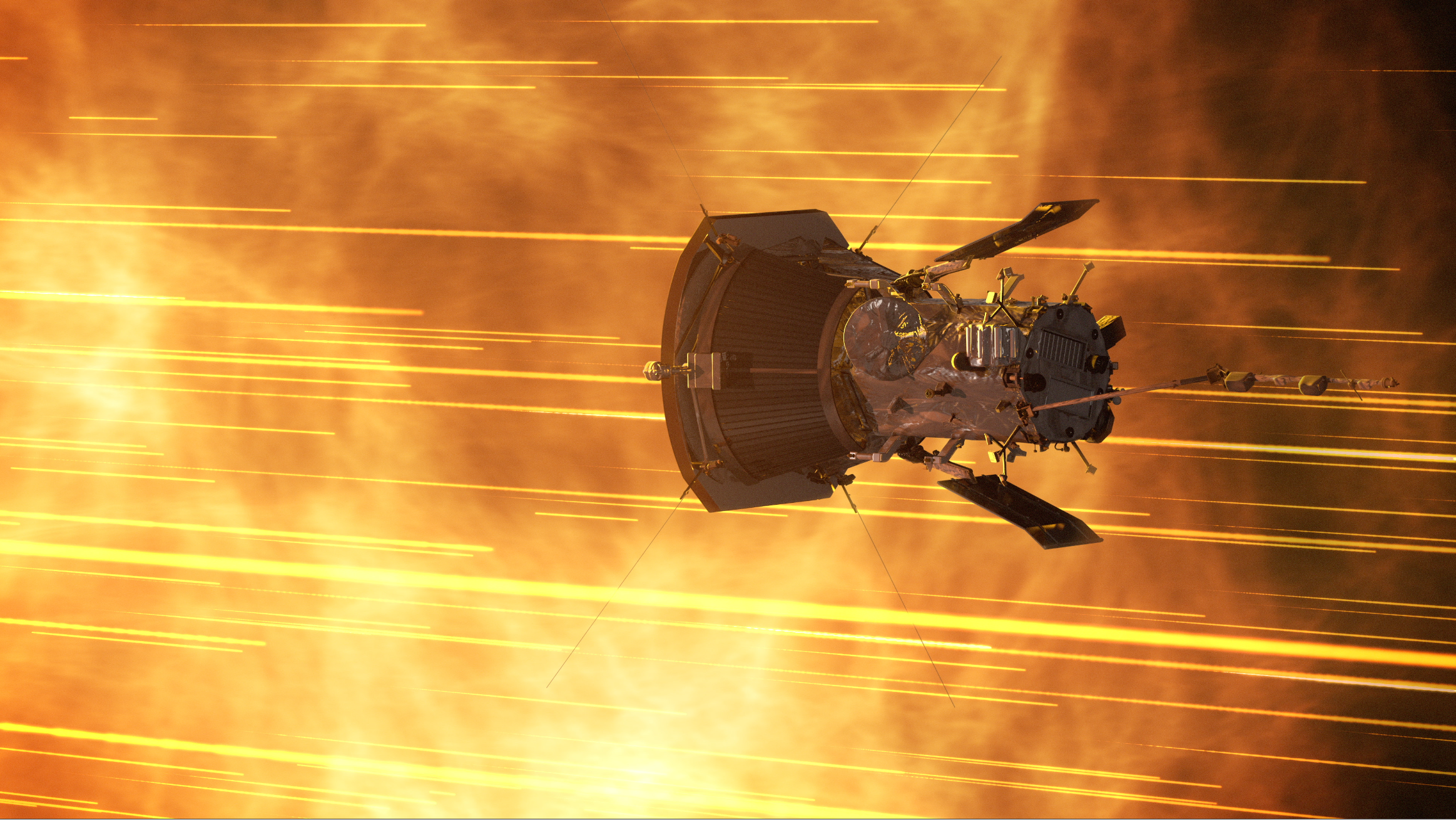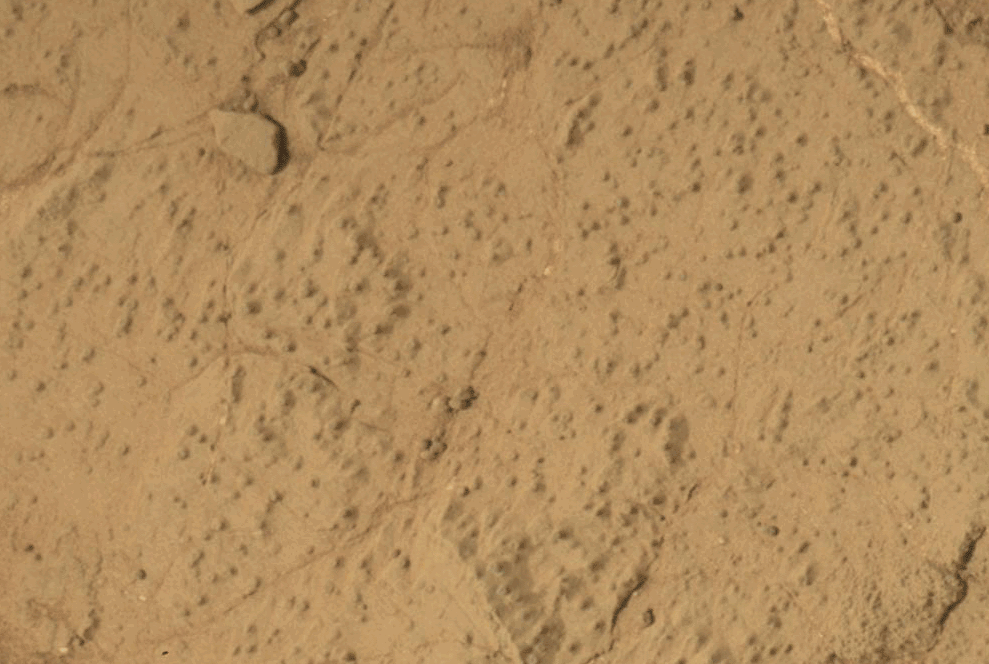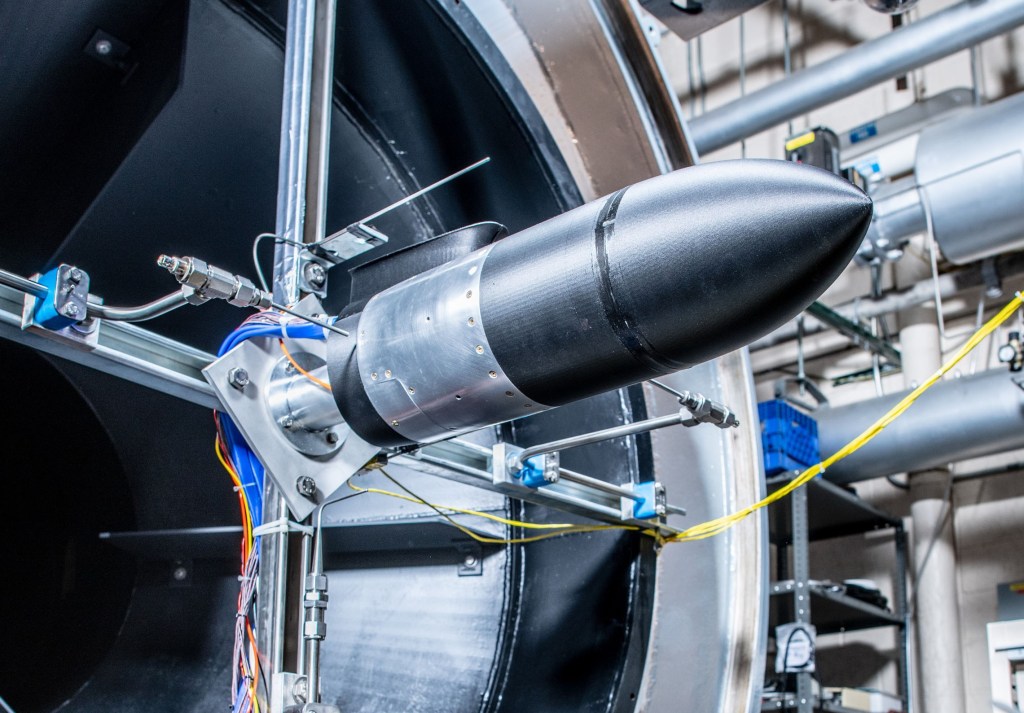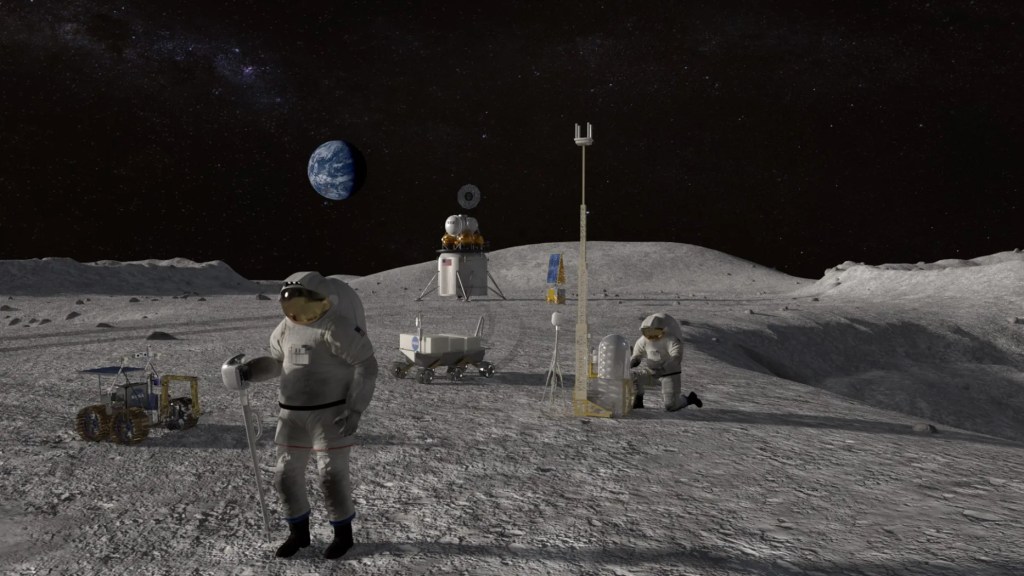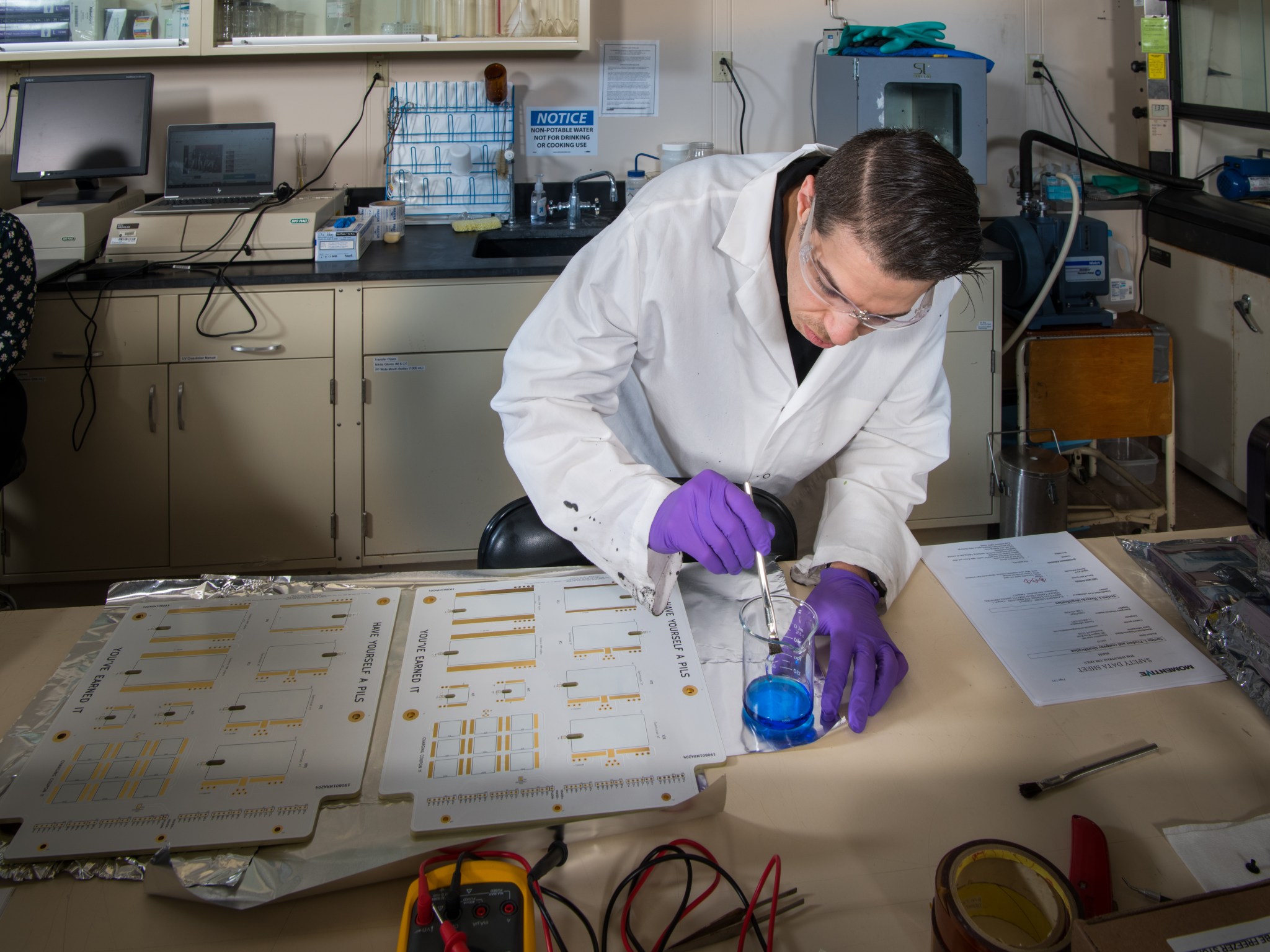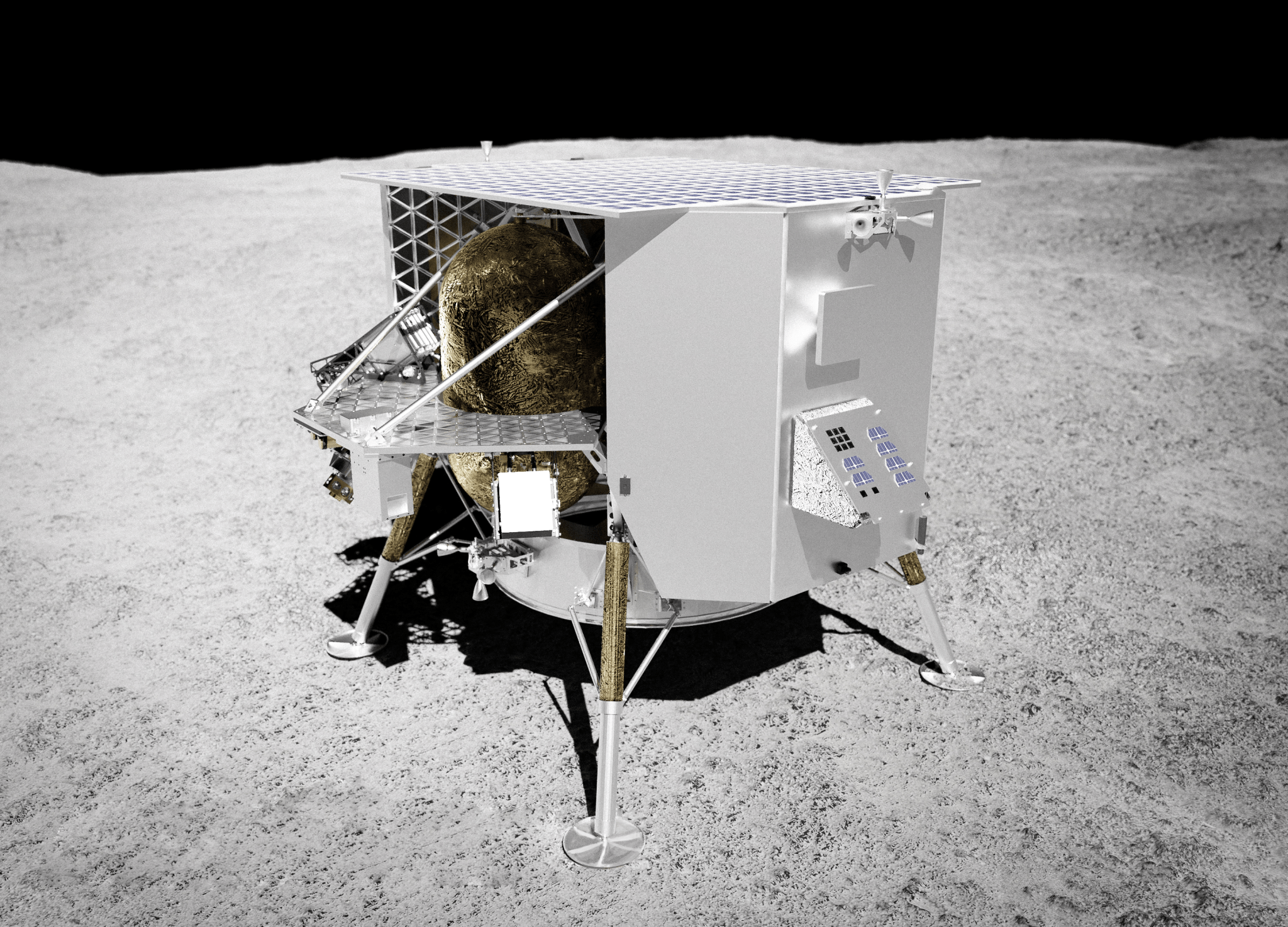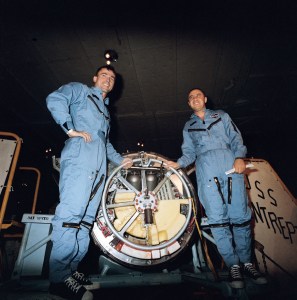When Artemis astronauts go back to the Moon, they will need access to electric power to live and work on the surface. Solar power will be one of the options to sustain human life and science for those long duration missions.
Next summer, a solar power experiment designed by a team of investigators at NASA’s Glenn Research Center will launch to the Moon on Astrobotic’s Peregrine Lander.
Using state-of-the-art solar cells like the ones on today’s orbiting satellites and next generation space solar cell technologies, PILS (Photovoltaic Investigation on the Lunar Surface) will demonstrate light-to-electricity power conversion devices for future missions. The experiment will also collect data on the electrical charging environment of the lunar surface using a small array of solar cells.
PILS includes multi-junction solar cells made from improved gallium arsenide, a highly efficient semiconductor material, and silicon solar cells based on technology used on Earth. The cells will be connected to instrumentation measuring current and voltage outputs for the eight to 10 days of the experiment.
“We haven’t tested solar cells on the Moon since the Apollo era,” says Jeremiah McNatt, one of the principal investigators on the PILS project. “The technology has changed dramatically, and we want to verify that today’s solar cells can provide the level of power needed for future missions.”
There are several challenges. Solar cells can suffer damage and degradation by radiation exposure and the highly charged particles present on the Moon. And high daytime temperatures can soar to over 260˚ F, damaging the electronics of solar array systems.
“A sustained presence on the Moon requires a different design that maximizes power while protecting the system,” says Tim Peshek, another principal investigator. “Figuring out the thermal requirements was one of our biggest challenges.”
In an effort to protect the electronics from high temperatures, the team decided to cover everything on the top of the structure, excluding the solar cells, with a film that is reflective of a broad spectrum of light. So, while the solar cells absorb the sun’s energy, the heat of the sun won’t destroy the operating system. The body of the experiment is also wrapped with multi-layer insulation.
The lander is slated to touch down on Lacus Mortis, 45 degrees north of the equator. Because of this latitude the test bed is angled at 45 degrees off the lander so, during lunar noon, it will be pointed directly at the sun.
“Eventually, we think solar power will be best situated on the Moon at the poles where, similar to Earth’s poles, the sun doesn’t set at certain parts of the year,” says McNatt. “The arrays would be rotated to constantly take advantage of the sun’s energy.”
PILS is set to fly on Astrobotic’s Peregrine lander carrying NASA payloads to the Moon in 2021. In May 2019, NASA selected Astrobotic and Intuitive Machines as the first commercial companies to fly payloads to the lunar surface as part of the Commercial Lunar Payload Services (CLPS) initiative.
While NASA awarded the companies to fly the agency’s science investigations and technology demonstrations to the lunar surface, the agency expects to be one of many customers that will use these commercial landing services. In fact, PILS is one of several additional payloads that customers are sending with 10 NASA payloads which will be integrated onto Astrobotic’s Peregrine lander and launch on a United Launch Alliance Vulcan Centaur rocket to the Moon in 2021.
Nancy Smith Kilkenny
NASA’s Glenn Research Center




